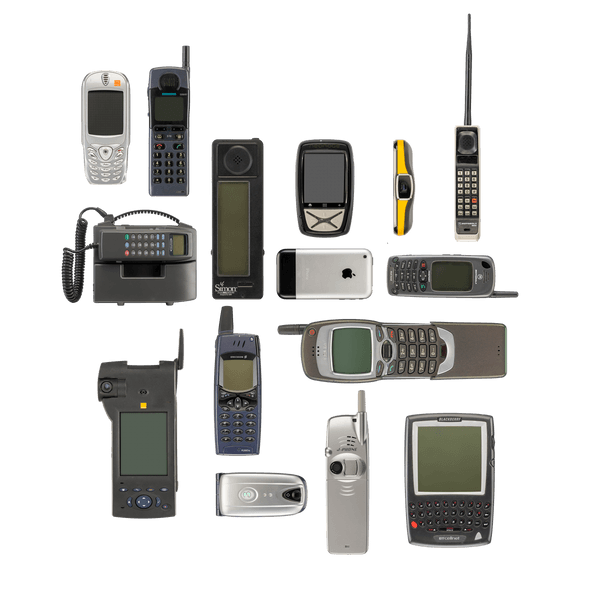50 years of mobile phone calls
This week marks half a century of mobile phone communications. On 3 April 1973, Martin Cooper of Motorola made that all-important first public call. He was using a device that weighed about two kilos, with a battery life of just 25 minutes.
Yet the idea of a mobile phone had been around for much longer than 50 years. AT&T had wanted to start developing cellular communications as far back as 1947, but the Federal Communications Commission (FCC) rejected the idea and decided to limit the number of frequencies available. The limits meant that only 23 phone conversations would be possible simultaneously in the same service area, eliminating market incentives for research.
Some systems were designed to allow customers of adjacent RCCs to use their facilities but most RCCs did not work with each other. The phone of an Omaha, Nebraska-based RCCThe Regional Commonwealth in the Field of … service would not be likely to work in Phoenix, Arizona.
At the same time, the FCC also started introducing private land mobile licences to allow wireless airport coordination or wireless freight train communication. Private networks, in short. According to Thomas Hazlett, former chief economist at the FCC, 90 per cent of the cellular spectrum at the time was set aside for private land mobile.
In the 1970s, the FCC freed up some spectrum for a new cellular service. The regulator moved a few TV stations at channels 70—83 (806-890 MHz) to lower bands, enabling Motorola and Bell Laboratories to regain an incentive to research and develop new devices. The companies ended up in a race towards that first mobile phone design.

Source: Mobile Phone Museum
However, it would take the FCC until 1982 to authorise commercial cellular service in the US. “Cellular technology was caught in a vortex of legal chaos, battered by rulemakings and reconsiderations and court verdicts,” says Hazlett. Amidst this chaos, the US lost its lead in the commercialisation of mobile networks.
Japan rolled out the first 1G network through the then-monopoly provider Nippon Telegraph and Telephone in 1979, followed by the Nordic Mobile Telephone system in Denmark, Finland, Norway and Sweden. These networks were able to support far more simultaneous calls but customers were still relying on analogue devices.
Constrained by the legal backlog in the US, Motorola made the first mobile phone available in 1983, the Motorola DynaTAC 8000X (“the brick”). After a 36-year wait, the mobile industry was ready to really take off.
